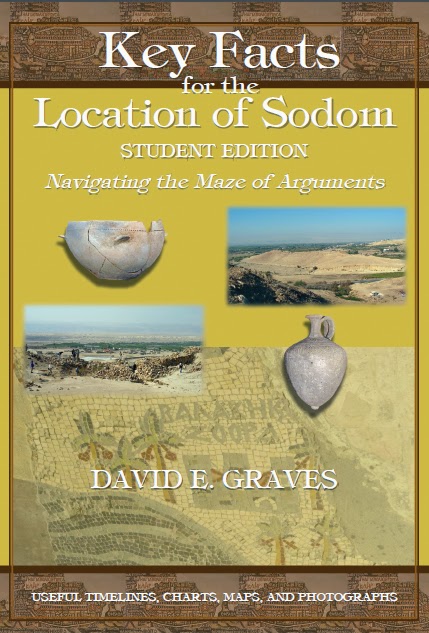 |
| Ebla Tablet (ca. 2500–ca. 2250 BC), Public Domain |
In 1974–75 some 1,757 clay tablets (with some 4,875 fragments) were discovered under the direction of Paolo Matthiae of the University of Rome, during the excavations of the ancient city of Tell Mardikh (Ebla, Syria ca. 2500–ca. 2250 BC), which contained about 1,000 place names from the ancient Near East.1. Giovanni Pettinato, the original epigrapher at Ebla,2. announced in 1976 that he had identified the names of Sodom, Gomorrah, and Zoar/Bela in the Ebla tablets.3.Footnotes
1. Michael R. T. Dumper and Bruce E. Stanley, Cities of the Middle East and North Africa: A Historical Encyclopedia (Santa Barbara, Calf.: ABC-CLIO, 2007), 141; Alfonso Archi, “The Epigraphic Evidence from Ebla and the Old Testament,” Biblica 60, no. 4 (1979): 556–66; “The Archives of Ebla,” in Cuneiform Archives and Libraries, ed. Klaas R. Veenhof, Papers Read at the 30e Rencontre Assyriologique Internationale, Leiden, 4-8 July 1983 (Leiden: Netherlands Institute for the Near East, 1986), 78.
2. The epigrapher of the expedition was changed to Alfonso Archi, a non-Assyrian specialist, for political reasons. Biggs, “Ebla Texts”, 264. None of Pettianto’s publications are listed on the official Ebla website.
3. David Noel Freedman, “The Real Story of the Ebla Tablets: Ebla and the Cities of the Plain,” Biblical Archaologist 41 (1978): 143–64; William H. Shea, “Two Palestinian Segments from the Eblaite Geographical Atlas,” in Word of the Lord Shall Go Forth: Essays in Honor of David Noel Freedman in Celebration of His Sixtieth Birthday, ed. Carol L. Meyers and M. O’Connor, American Schools of Oriental Research (Winona Lake, Ind.: Eisenbrauns, 1983), 589–612.
This bonus information was quoted from David E. Graves, Key Facts for the Location of Sodom Student Edition: Navigating the Maze of Arguments (Moncton, N.B.: Graves, 2014), 32.


No comments:
Post a Comment